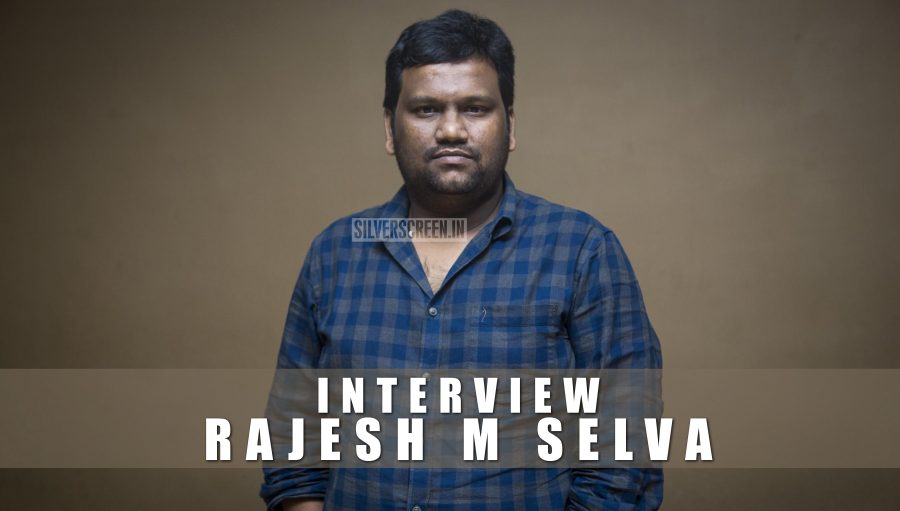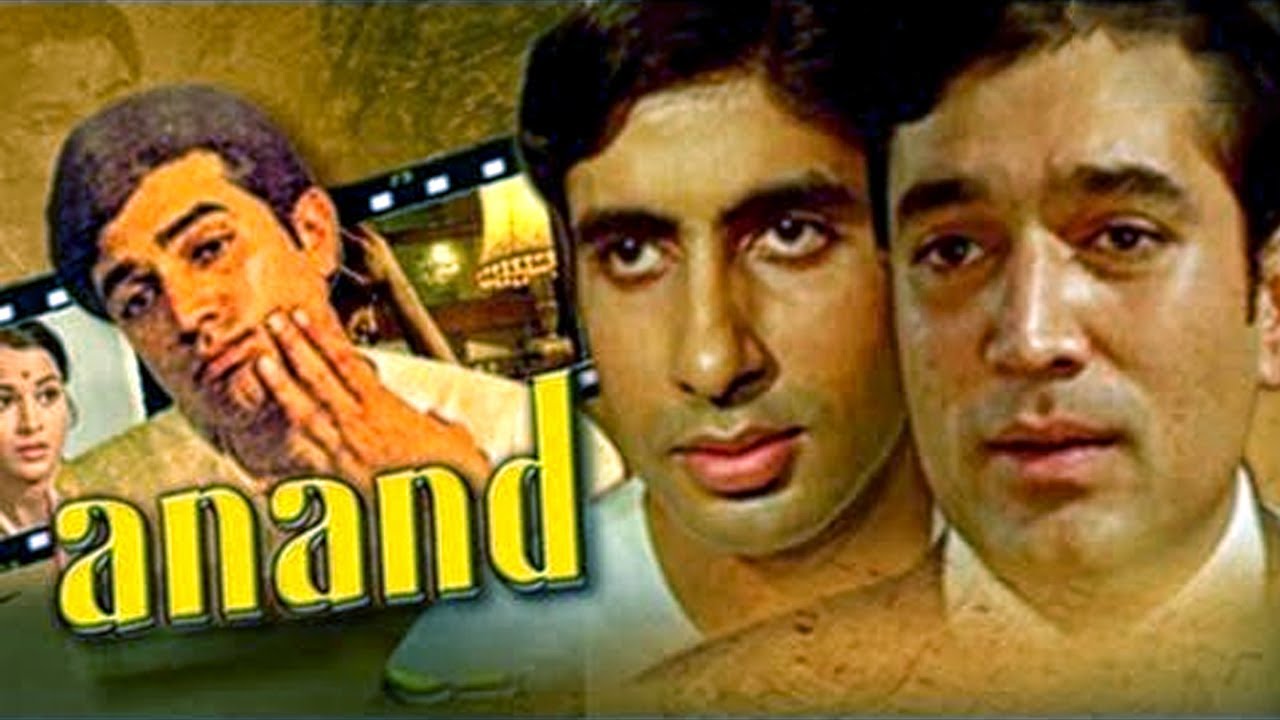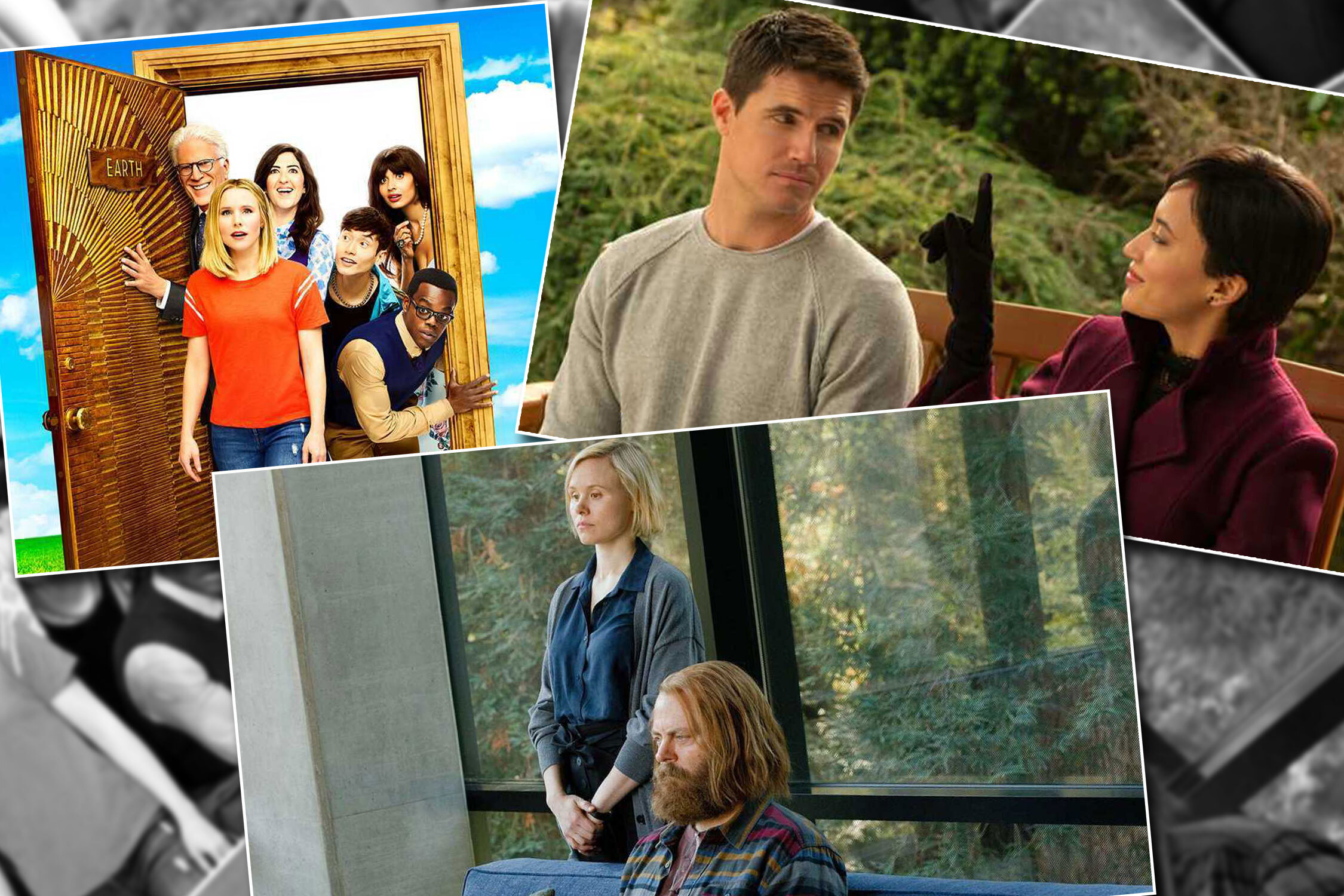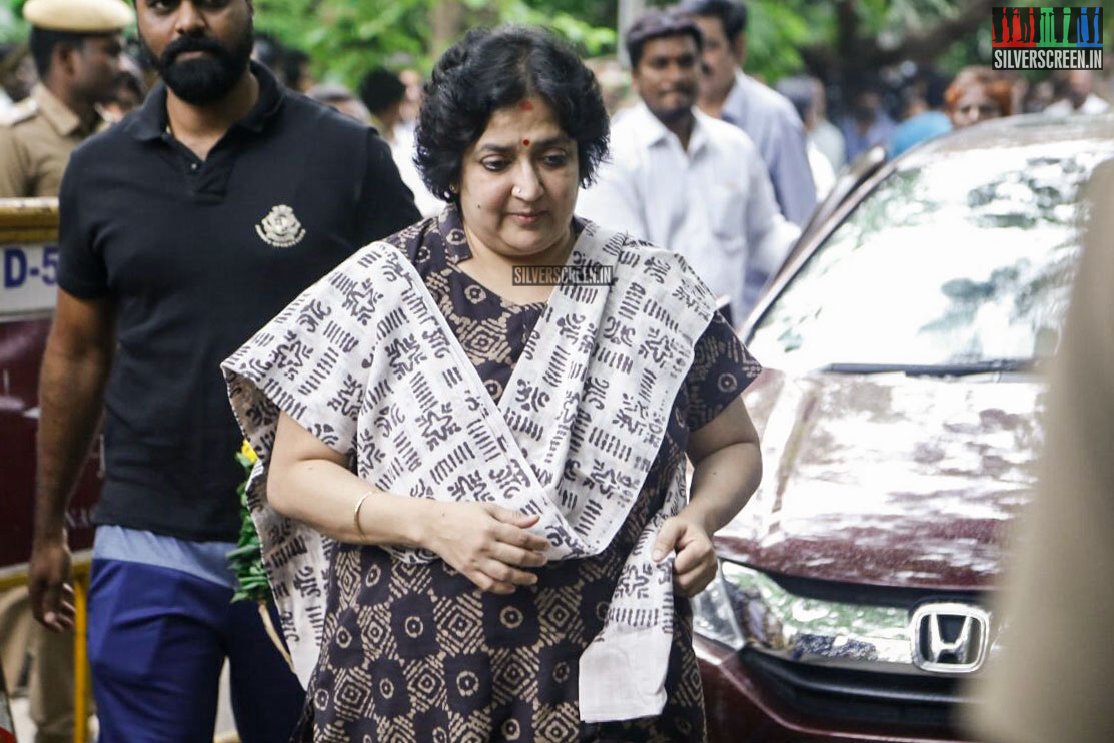Director Rajesh M Selva, whose first film, Thoongavanam releases worldwide tomorrow, talks to Silverscreen about how a big fan of Kamalhaasan ended up directing him; the stylized violence in the movie and how casting a movie right is half the work done.
Rajesh M Selva was living his dream. Now that it is done, he is busy promoting it. It is called Thoongaavanam, and stars his mentor, Kamal Haasan. And, unusually for a star vehicle, it was wrapped up in less than 2 months. “It was all team-work,” he echoes Kamal Haasan when I ask him about it. We are at a studio in Vadapalani that Rajesh runs with a friend of his, and he just got done apologising to me for being late. “You know, as long as we are shooting, the movie is in my control. Promos though, can be pretty hectic. That’s why I am late.”
*****
Rajesh had a bumpy start to his movie career. “I wanted to do a bachelor’s degree in fine arts, because I had a flair for drawing and sketching. But I failed my twelfth standard math exams, putting that dream on hold. I did a diploma in Visual Design instead, and started working on designing for companies.” Visual Design was not a safe choice then, and Rajesh credits his family with being supportive. “My mother has always been quite supportive about my choices. Later, I did finish my Bachelor’s and Master’s degrees in Visual Communication. Her only complaints are that I am always busy and don’t make enough money.”
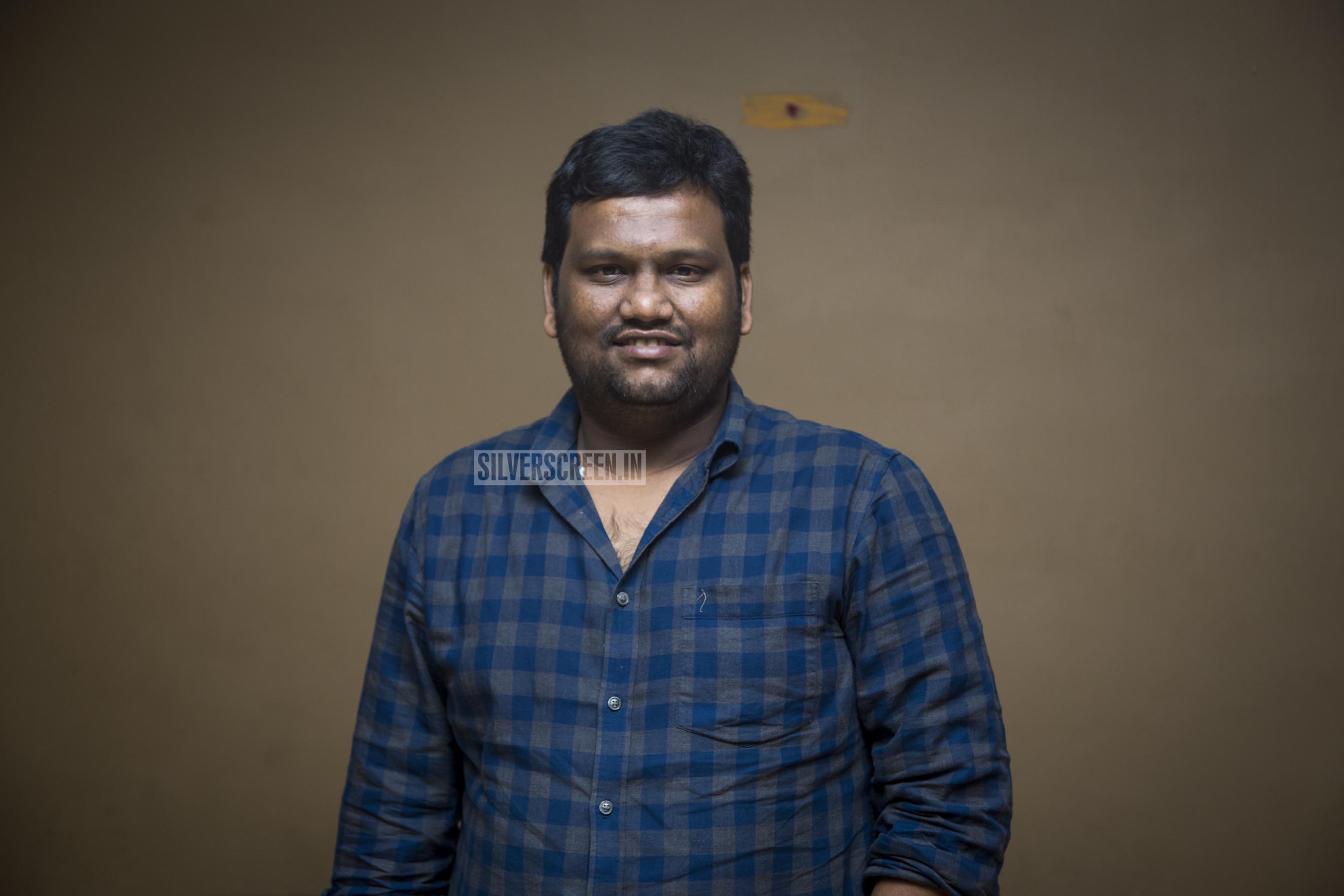 Even before I can ask him about it, Rajesh starts talking to me about the ‘most important day in his life.’ “I walked into Kamal sir’s office on the 23rd May, 2008, around 2:30 PM. He greeted me, and started talking to me at length about film-making. He then asked me if I knew how to use Final Draft, which was not that common back then.” “Theriyaadhu sir,” Rajesh replied, “but I will learn.”
Even before I can ask him about it, Rajesh starts talking to me about the ‘most important day in his life.’ “I walked into Kamal sir’s office on the 23rd May, 2008, around 2:30 PM. He greeted me, and started talking to me at length about film-making. He then asked me if I knew how to use Final Draft, which was not that common back then.” “Theriyaadhu sir,” Rajesh replied, “but I will learn.”
He was hired that day as an assistant director at Raajkamal Films International, KamalHaasan’s production house. And he’s been with them for 8 years. Unlike most assistant directors, Rajesh was paid well. “Rajkamal pays well,” he says, adding, “I can proudly say that as an assistant director, I was paid more than the Prime Minister of India.” Looking at the bewildered expression on my face, he continues, “I’m not saying this because I’m doing a movie for them. Kamal sir, being a technician himself, values other technicians more than stars. So, he made sure that we were paid on time, and well taken care of.” He pauses to laugh. “So working for Rajkamal was satisfying both financially and creatively.”
*****
Even after spending 8 years on the job with Kamal Haasan, Rajesh still feels quite intimidated by the actor. “Eppovume apdi dhan” he laughs. “Over the past 8 years, I’ve spent more time with Kamal sir than I did with my mother or my wife. Sometimes during film shoots, I am around him for months. But if I don’t meet him for, say 3 days, it’s back to square one for me. I start to feel like how I did when I met him the first day. I feel anxious knocking on his door and walking in, which I can normally do on all days.”
Rajesh is at ease talking about the technical aspects of Thoongaavanam. “There is nothing conventional about how this film was shot. No ‘establishment shot-midshot-close-up-suggestion shot’ drill. I had the support of my technicians, especially Sanu Varghese, the cinematographer. He didn’t just agree with my ideas because I am the director, but because he believed in them. For example, there aren’t many static shots in the film. Even when things are seemingly motionless, the camera moves ever so slightly. As if it is breathing.”
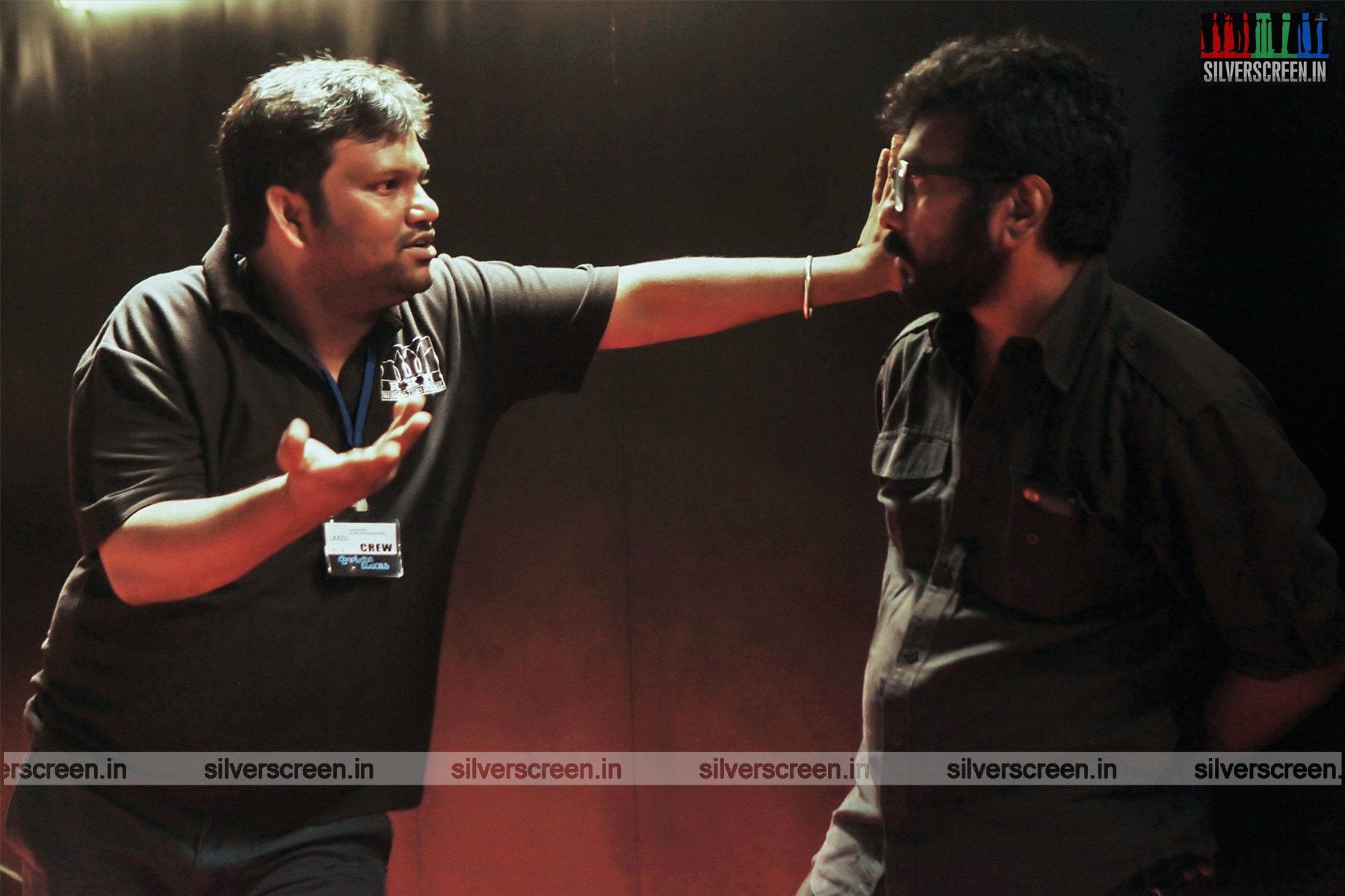
Rajesh is visibly proud about some of the innovative techniques that the movie employs. He talks about how the movie exploits the human tendency to fill in details where there are none. “When there is an accident on the road, most people hear the impact first. They then look at the accident after they’ve heard the noise of the collision. Their imaginations fill in the details, and when they talk about the accident, they describe it like they saw it happening. Often, the retelling is far more vivid than what happened.” The movie uses this to its advantage. During stunts, the camera shows not the punch, but the reaction after it. “For that to work, you need an agile cinematographer. Having a statically positioned camera is not going to help.”
The violence shown in the film is realistic and suggestive, says Rajesh. “Kamal sir always says that violence has to look real on screen. Real enough that people watching it should be scared to do it in real life. And that is what we have tried to do in Thoongaavanam.”
The trailer and promotional videos seem to suggest that there are a lot of indoor sequences in the movie. Rajesh confirms my impression and tells me it was a challenge to shoot indoors. “Lighting close spaces was particularly challenging. We’ve used the lighting technique used in the ‘Unnai Kaanadha’ song from Vishwaroopam. [Video at the end] We incorporated practical lighting into our shots. For instance, we shot with tube-lights inside our frames, because that is normal in a room. There are advantages to this. Actors can move freely around a frame without worrying about lights getting into the frame. And the ambience is realistic.”
*****
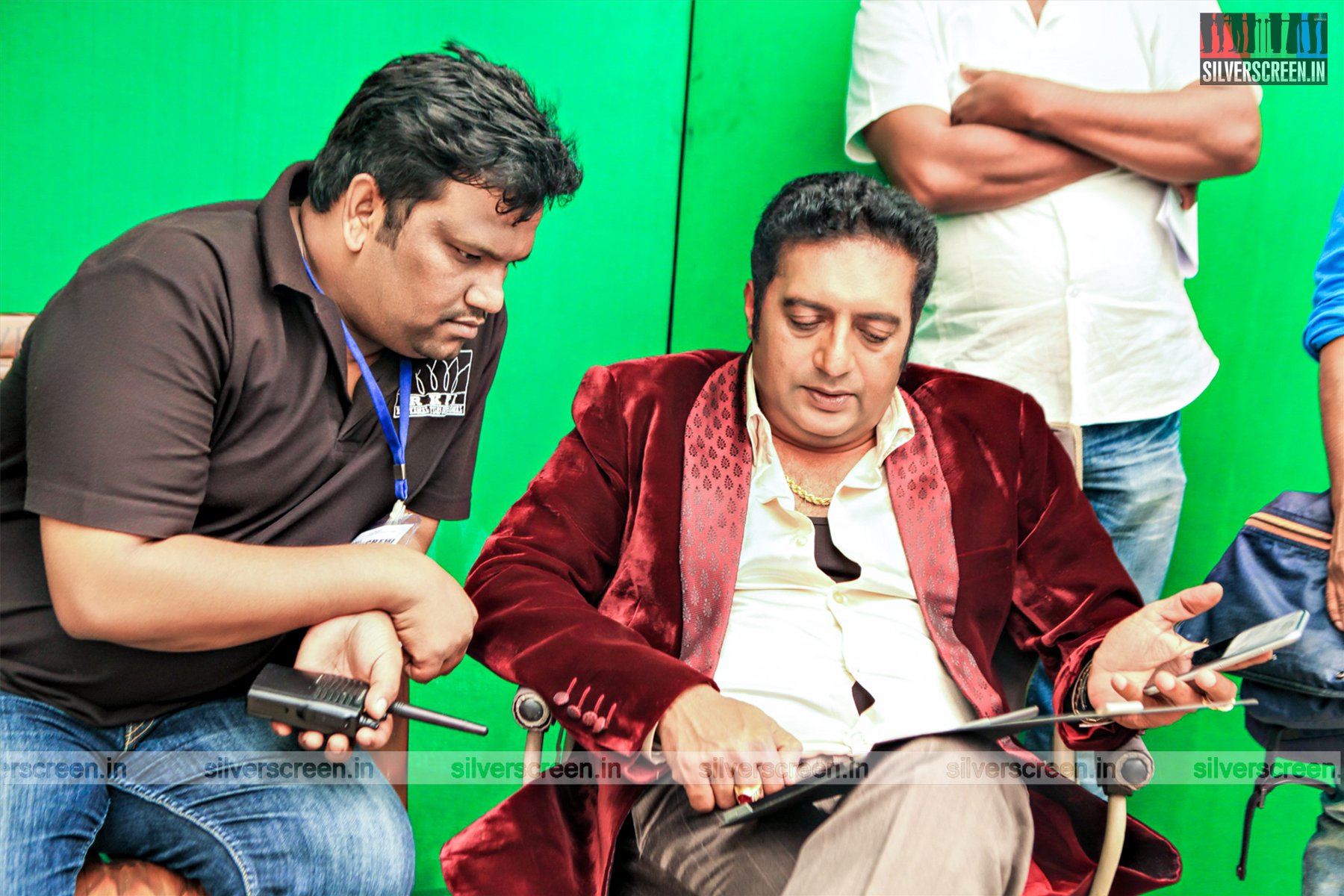
Thoongavanam boasts an impressive cast, including Trisha Krishnan, Prakash Raj and Madhu Shalini. When the film was being cast, there was a steady stream of news about new additions to the cast. “Casting is like half the film,” Rajesh says, “and I am very selfish about the people I wanted on my team. If all the players are capable of scoring centuries, a captain can stay cool. That’s what happened in my case too.”
And how did this team of stars finish shooting for the movie – shot in two languages simultaneously – in 2 months? Pat comes the reply: “Pre-production. We started work on this movie right after Uttama Villain. We planned meticulously, from location recce, costume design, schedules and jam sessions with the technical crew. And unusually for a Tamil movie, a full script reading with the entire cast. Rajesh calls the sessions “the most important part of pre-production. I don’t understand why more people don’t prioritize script reading. Many seem to think these sessions are a waste of time and money, but all Rajkamal produced movies have had script readings that are recorded and played back in sequence. Like a radio-play.”
The sessions help ascertain the pace of a screenplay and help actors be relaxed during the actual shoot. And, Rajesh says, “this is the stage where actors should improvise, not at the shooting spot. Actors have to open themselves up to script reading sessions. Talk to my actors, and they will tell you how such sessions helped them even on a personal level. They are far more relaxed when they come onto the sets, and so, no stress.” With the right kind of preparation and an accommodating crew, most movies can be wrapped up in two months, Rajesh thinks. He has an analogy for how important he thinks script-readings are. ““You can’t turn the stove on and then start chopping onions. They will get burnt. ”
*****
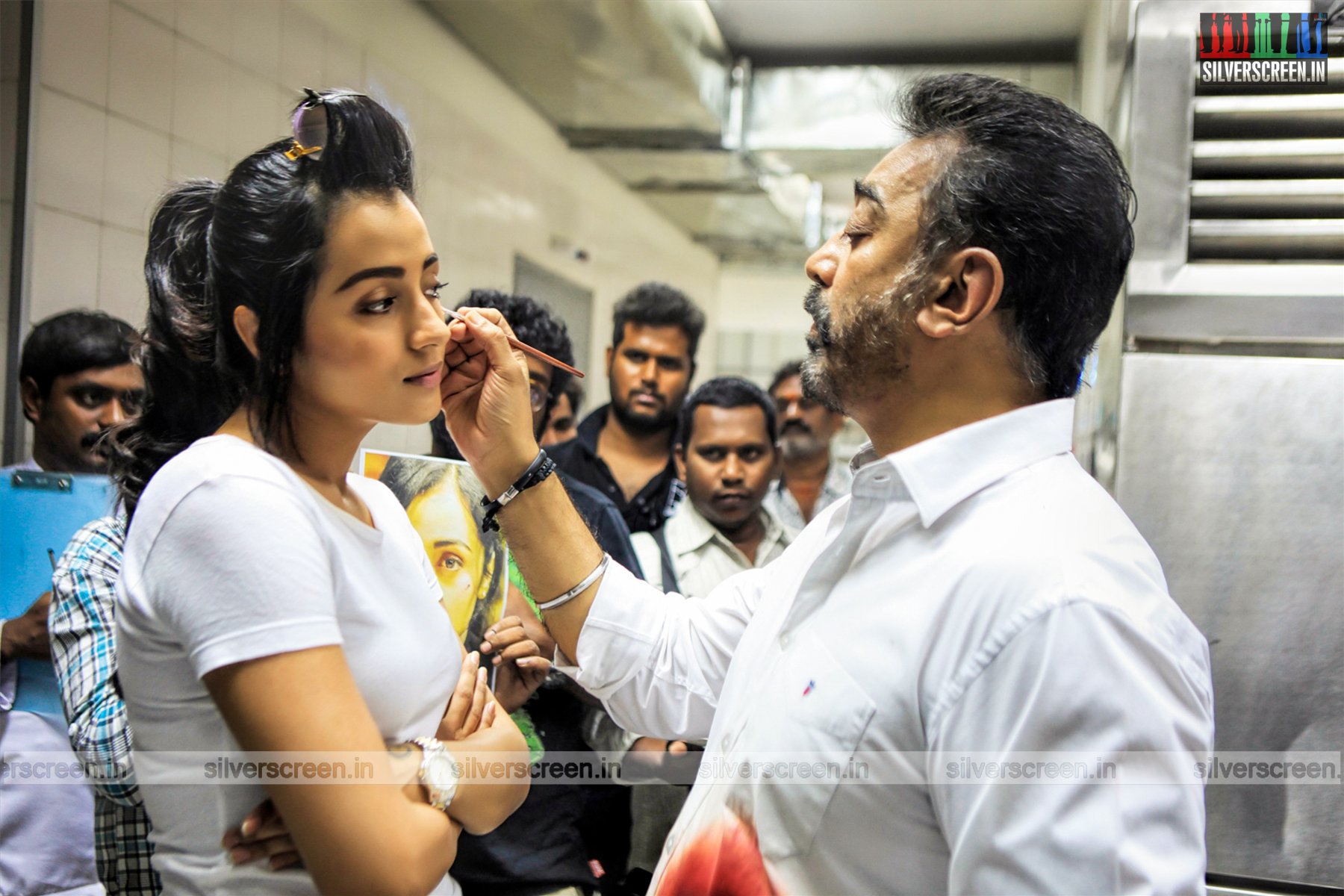
He insists his favourite Kamal Haasan movie hasn’t been made yet. “Kamal sir has almost 7-8 riveting scripts ready,” he says when I ask him. “I used to type out all his scripts, so I know everything that he works on. The films that he wrote for – Thevar Magan, Guna, Virumandi and Hey Ram – those are only 10% of what he is really capable of. He just needs time, money and technology to convert his writing into celluloid. It might take years, but it will definitely happen some day.”
*****
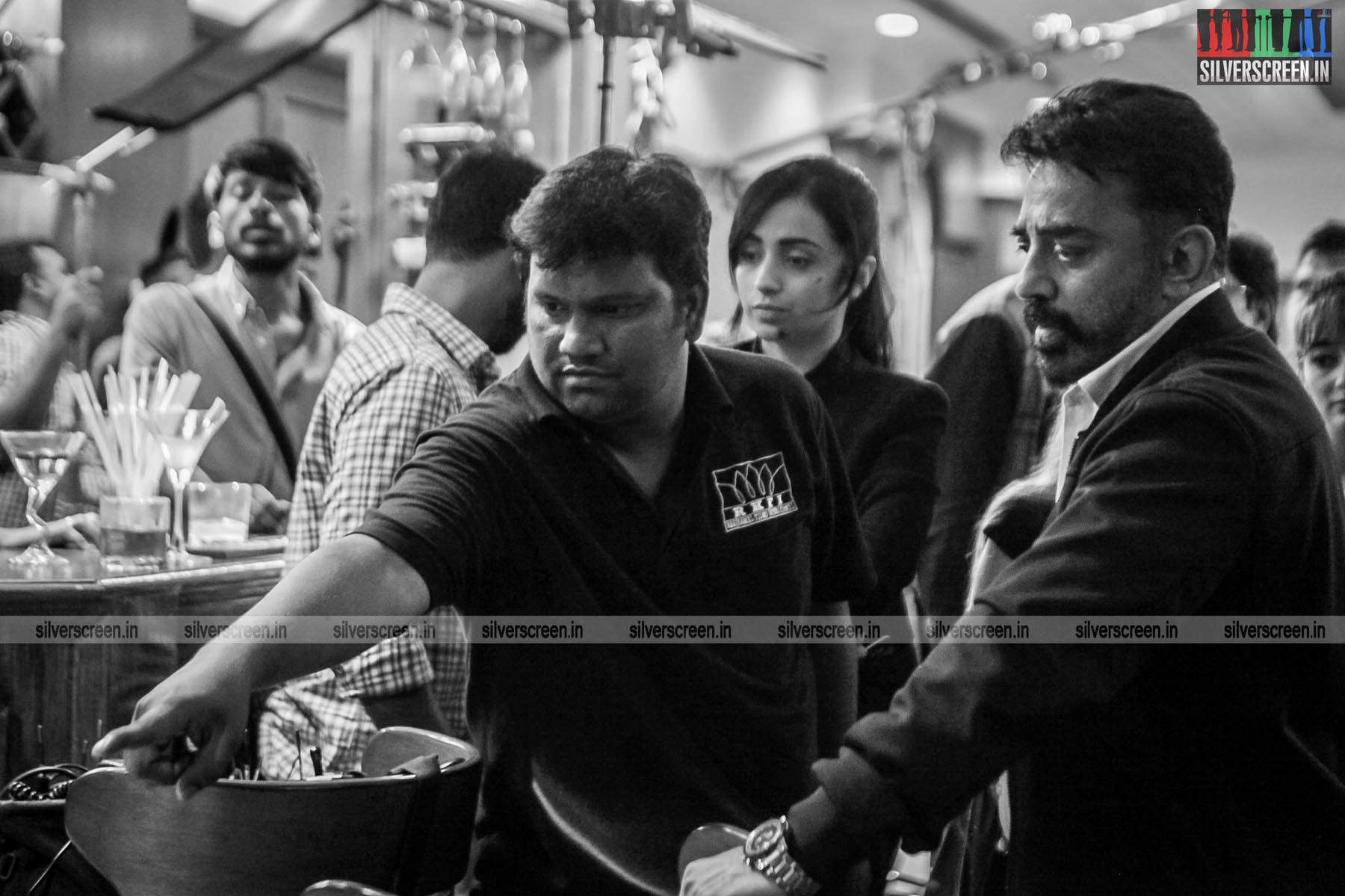
“Many ask me if Kamal sir interferes with direction, and my answer is no,” Rajesh tells me. He proceeds to give me examples of non-interference. When a cast member told Rajesh he had doubts about his characterization and wanted to talk to Kamal Haasan about it, Kamal texted Rajesh asking him to handle it. “In this movie, I am only an actor and a producer. You have to take care of this, it’s your job.” And when he asked Kamal Haasan to tell the kid who plays his son to not blink too much, he got a similar reply back. “I’m paying you to do this, don’t ask me.”
And as always, the analogy is not too far behind. “I am the captain of the ship which he owns and it’s my responsibility to cruise it properly. If I don’t do it properly, he will take the reins. Thankfully, I did my job well, and he didn’t have to come to my deck at all”
Kamal Haasan’s Marmayogi is the first film that Rajesh worked on. He spent almost a year and the half on that film, recce-ing waterfalls across India. “I might cry if I start telling you how bad I felt when the project got shelved. We knew how the entire movie was going to look like. I hope it gets to see the light of the day.”
And yes, “I would definitely join the sets as an assistant director again.”
*****
Rajesh M Silva interview by Niveda Manohar, Photos by Sriram Narasimhan.
